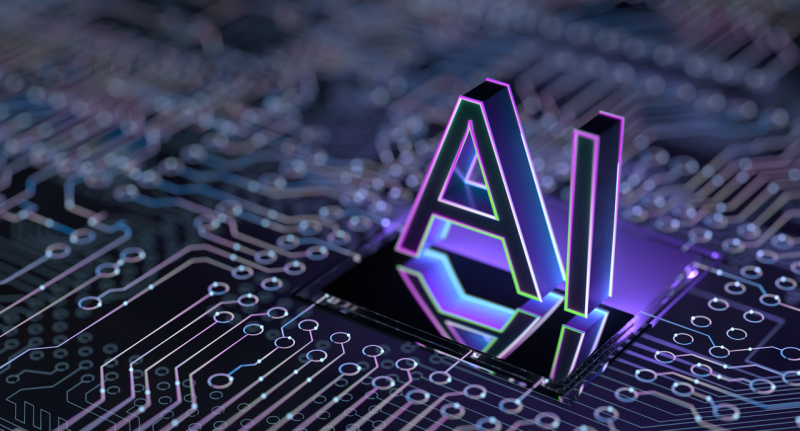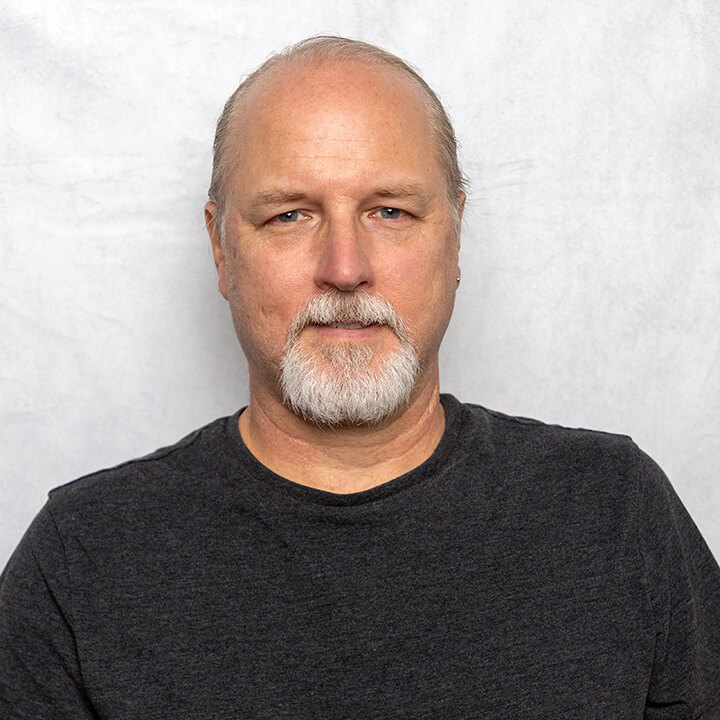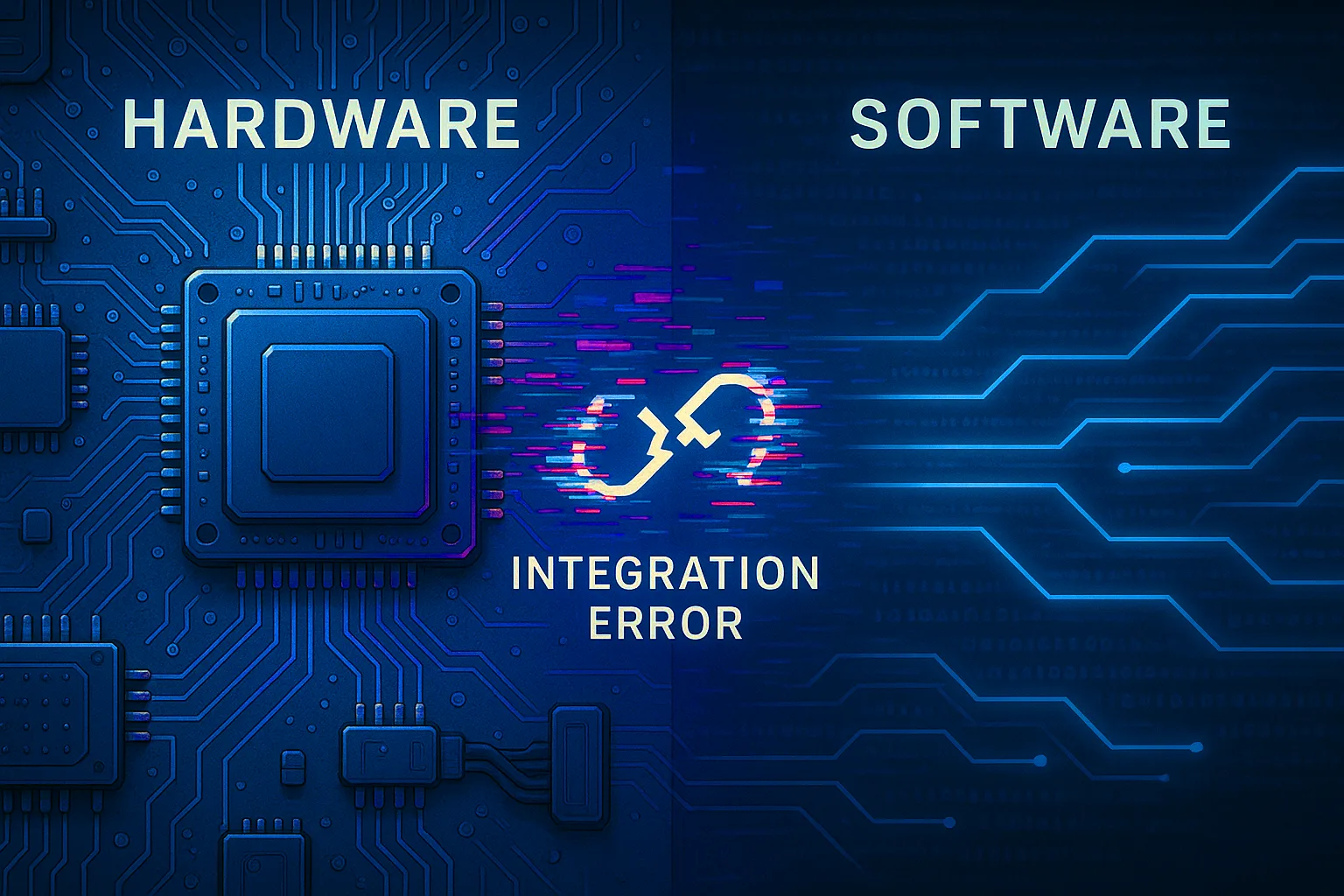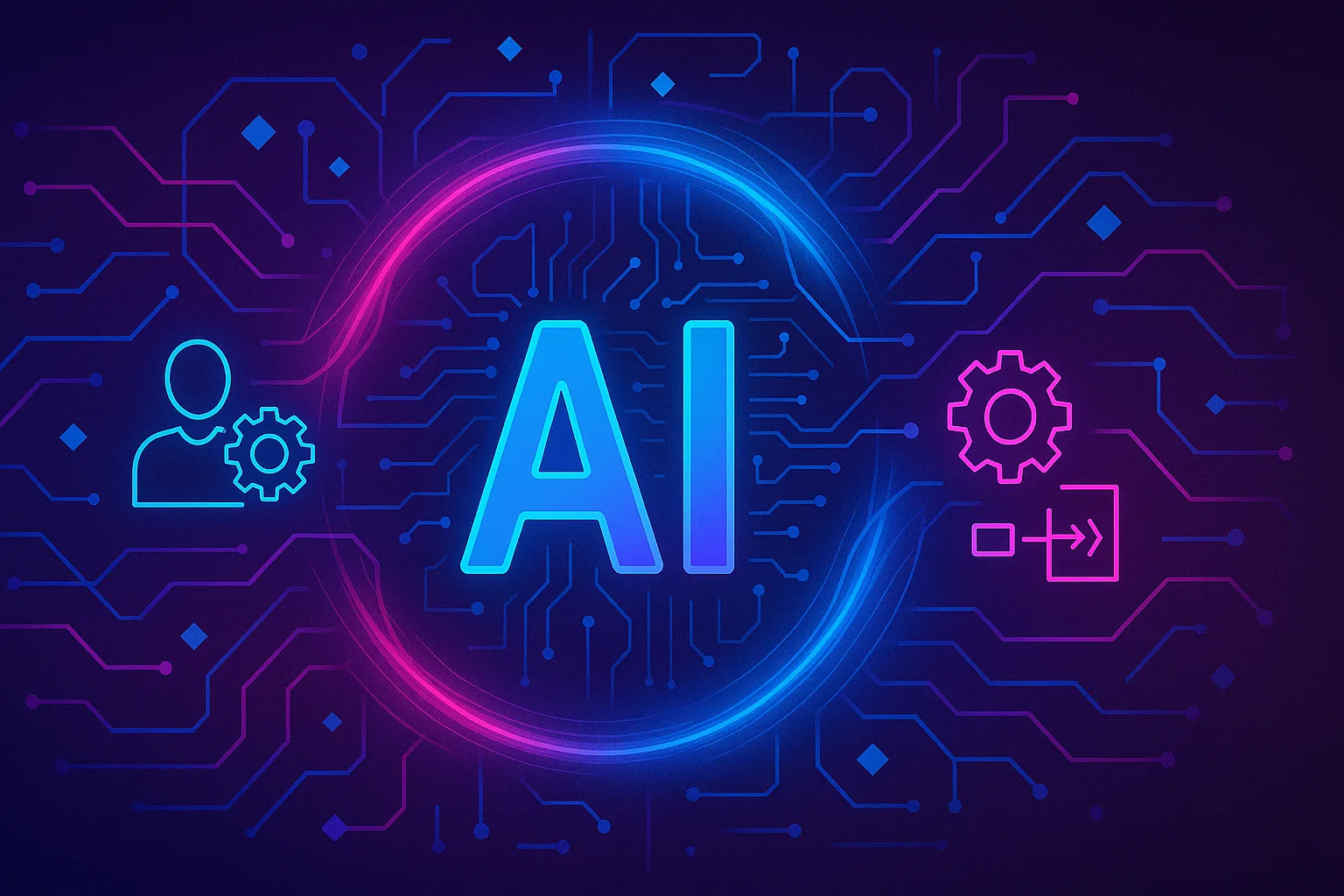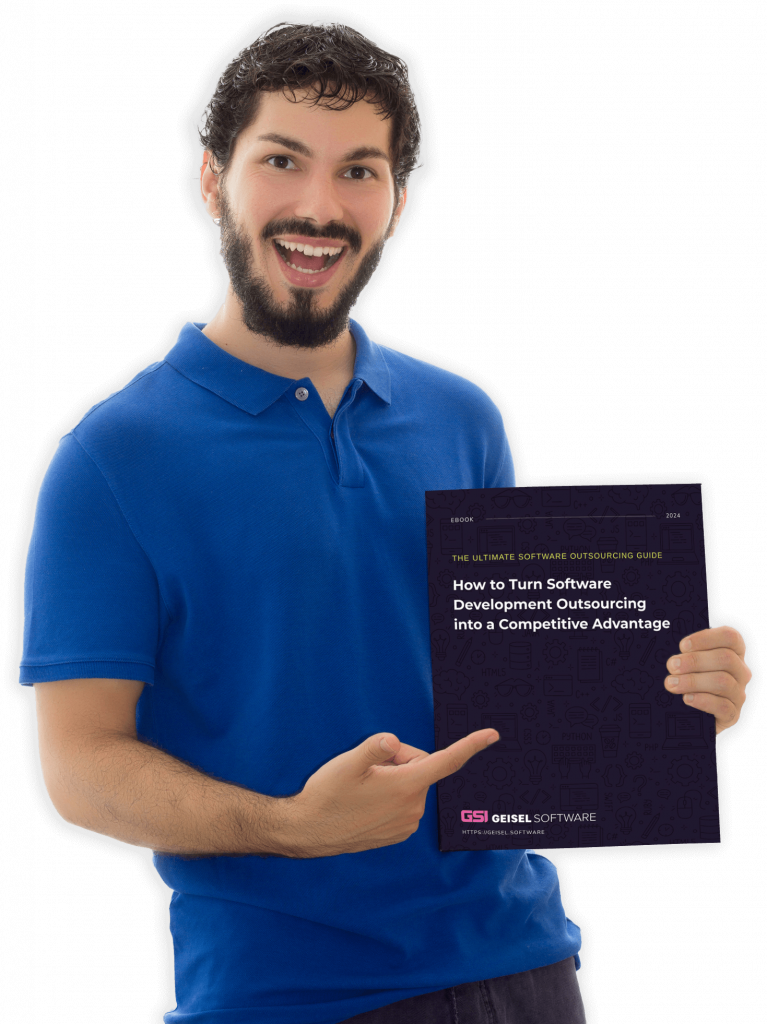Introduction
Each advancement in artificial intelligence (AI), machine learning (ML), and contemporary large language models (LLMs), rekindles debates over the technological singularity, a hypothetical future point in time at which technological growth becomes uncontrollable and irreversible, potentially resulting in unforeseeable changes to human civilization. The discourse on this topic is split, with some claiming that the singularity is imminent, others claiming that it will never arrive, and many saying that we simply can’t know if or when the singularity will emerge.
In this article, we’ll attempt to unmask some of the mysteries behind the singularity and gain a better understanding of:
- How likely the emergence of such an entity really is.
- How we might get there + popular theories.
- What happens if we get there.
- And what we can do about it in the meantime.
Vernor Vinge’s Technological Singularity
The term “singularity” comes from mathematics and physics. In mathematics, it refers to a point where a function becomes undefined or infinite. In physics, a singularity is a phenomenon where our understanding of the laws of physics, spacetime, or gravity breaks down. In the case of the technological singularity, it refers to a point where the self-recursive improvement of AI becomes so rapid that it exceeds the capacity of human intelligence to comprehend or control it. Disruptive or even harmful effects of the singularity would soon follow if society were not prepared.
The idea of the technological singularity was first proposed by mathematician and computer scientist Vernor Vinge in his 1993 essay “The Coming Technological Singularity: How to Survive in the Post-Human Era.” In the essay, he argued that the exponential nature of technological advancement would result in artificial intelligence surpassing human-level intelligence. He also proposed that such an event or shift would bring immediate, profound, and unpredictable consequences for human society. In fact, Vinge confidently predicted that we’d cross the singularity Rubicon sometime between 2005 and 2030.
AI technologies have seen significant progress in recent years, particularly in areas such as machine learning and natural language processing, but we are still far from achieving the technological singularity. However, recent large language models, natural language processing models, and chatbots like OpenAI’s ChatGPT and GPT-4 are displaying the power of contemporary AI technology. These tools are proof of the recent advancements in methods like deep learning and the use of neural networks.
The Technological Singularity: How We Could Get “There”
There are a few scenarios that could bring about the technological singularity. One possibility is that a single AI system becomes so advanced that it’s able to rapidly improve itself and surpass human intelligence and comprehension. Another possibility is that a network of AI systems, working together, becomes more intelligent than humans. This sort of patchwork AI network is already being explored.
Many believe that the technological singularity is inevitable, given rapid advances in AI technology and the continued exponential growth in computing power. Others claim that this advanced “cognitive computing” is unlikely to occur, arguing that it’s impossible to replicate human-like levels of intelligence and creativity.
Some Popular Theories – V. Vinge, R. Kurzweil, I.J. Good
Even in 1993, Vinge predicted that AI’s potential for “recursive self-improvement,” or the ability to continually and methodically improve itself, was enough evidence to be certain that the singularity was inevitable. And, admittedly, it’s hard to refute Vinge’s logic with supporting observations like Moore’s Law holding its steady course. If computing power, training data sets, and AI research keep improving exponentially, then the idea of the singularity doesn’t seem so outlandish, or even far away.
American computer scientist, author, inventor, and futurist, Ray Kurzweil claimed that technological progress follows a pattern of exponential growth, following what he calls the “law of accelerating returns”. It states that when technology approaches a barrier, new technologies will surmount it. He predicted that paradigm shifts will become increasingly common, leading to “technological change so rapid and profound it represents a rupture in the fabric of human history” (Kurzweil, 2001). Kurzweil believes that the singularity will occur by approximately 2045.
Lastly, the most popular version of the singularity hypothesis, I.J. Good’s intelligence explosion model, posits that an upgradeable, intelligent agent will eventually enter a “runaway reaction” of self-improvement cycles. Each new and more intelligent generation would appear with increasing rapidity, causing an “explosion” in intelligence. The result would be a powerful superintelligence that qualitatively far surpasses all human intelligence.
What Happens If We Get “There”
Optimists argue that the singularity would be a positive event that leads to unprecedented progress toward solving society’s most pressing problems. Incurable diseases, food shortages, economic troubles, or any logistical problem would fall to the genius of the singularity. While this is a bit exaggerated, it speaks to the ideal potential of the technological singularity.
Others argue that the emergence of the singularity will be a catastrophic event, leading to the downfall of the world order. One of the primary dangers posed by the technological singularity is the risk of job displacement and abrupt economic disruption. If machines become intelligent and capable enough, they will be able to perform many of the tasks currently performed by humans. This would undoubtedly lead to widespread job displacement and economic disruption.
Which Jobs Are Most Likely to Be Affected?
Conventional wisdom tells us that having a highly specialized skillset like a radiologist, software developer or financial planner makes you hard to replace. And if you stock shelves, clean bathrooms, or are a trash collector, your manual, “unskilled” labor is easy to replace. However, in the context of the current technological landscape, the truth might be the exact opposite. In terms of feasibility, it’s much easier to train an AI model to perform even highly complex tasks, than it is to program, build, deploy, and maintain a fleet of robots that clean bathrooms really well.
Not only does the latter require vast amounts of resources to accomplish, but the reward itself is simply not worth the cost. On the other hand, as early as 2018, Stanford researchers found that an AI program performed diagnostic assessments as well as trained radiologists in most cases. Similar tools for applications like wealth management, software development, and more are emerging as well.
Once these specialized AIs exist, they can easily be rolled into a digital product or service and accessed by anyone. The same can’t be said for a bathroom cleaning robot, which, if it were a widely available product, might still take decades to significantly change the job market for custodians as adoption would be slow because of the cost barrier and slow return on investment.
Conclusion
Given the rapid development of AI technologies and the exponential growth of computing power, the technological singularity is a realistic possibility, and it raises important questions about the future of AI governance and AI ethics. Regardless of which side of the discussion you’re on, it goes without saying that it’s important for policymakers, scientists, and the public to discuss and prepare for the possibility of the technological singularity.
“Some people say that computers can never show true intelligence, whatever that may be. But it seems to me that if very complicated chemical molecules can operate in humans to make them intelligent, then equally complicated electronic circuits can also make computers act in an intelligent way. And if they are intelligent they can presumably design computers that have even greater complexity and intelligence.”
– Stephen Hawking, Brief Answers to the Big Questions
